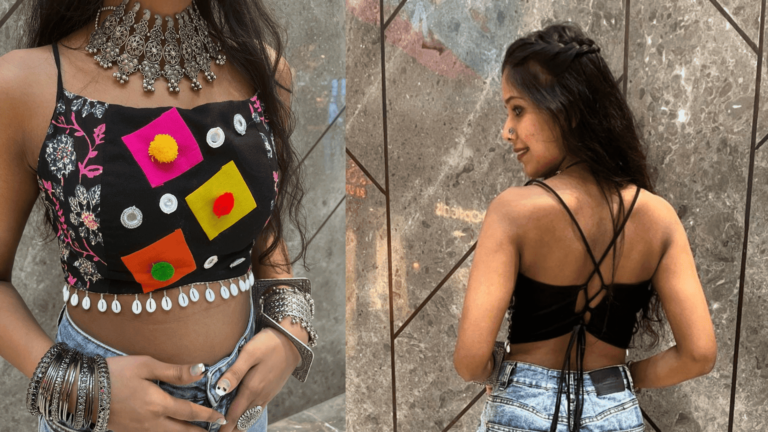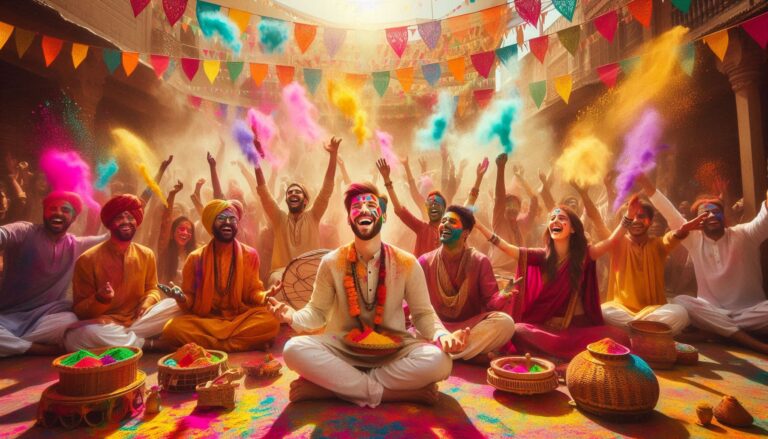From ancient threads to modern runways – the evolution of fashion is our history, and the future is in your wardrobe.
The Origins of Fashion: A Tale of Expression & Innovation
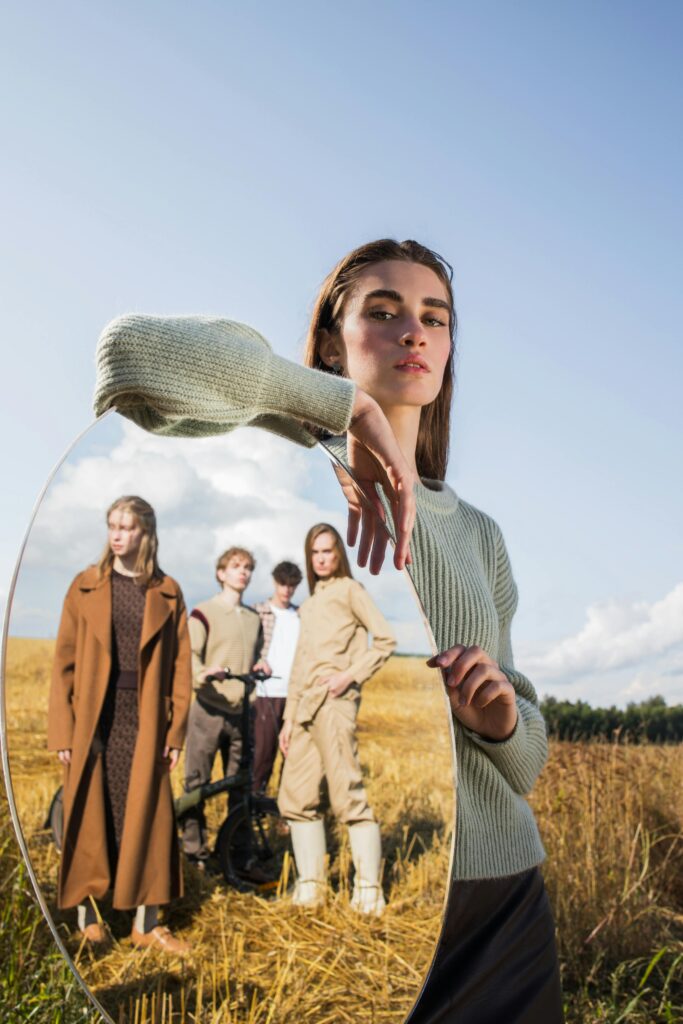
Fashion has always been a reflection of society, culture, and identity. From early humans draping themselves in animal skins for warmth to the dazzling catwalks of Paris, Milan, and New York, fashion tells the story of humanity’s evolution. From the ancient civilizations to the modern era, fashion has evolved dramatically, influencing and being influenced by the world around it.
But how did it all begin, and where are we headed?
Here, Let’s dive into the fascinating history of fashion, explore its evolution, and understand the trends that have shaped our wardrobes over the centuries.

All About the History of Fashion
Fashion has been an integral part of human civilization since ancient times. The earliest forms of fashion can be traced back to Ancient Egypt and Rome, where clothing was a symbol of status and wealth. In these cultures, the wealthy adorned themselves in elaborate garments made from luxurious materials, while the common people wore simpler, more practical clothing. Checkout how fashion evolution has keep changing and adapting by all of us year by year, decades by decades.
The Evolution of Fashion: A Timeline of Style
Fashion’s evolution is as dynamic as human history itself. Here’s a glimpse into its journey over the centuries:

Ancient Fashion (Pre-14th Century)
Early civilizations like the Egyptians, Greeks, and Romans used clothing as a symbol of status, religion, and protection. Fabrics like linen, wool, and silk became luxury items for the elite, while commoners wore simpler materials.
Renaissance Fashion (14th–17th Century)
The Renaissance period brought lavish fabrics, elaborate embroidery, and rich colors. Fashion became a form of art, especially among the European aristocracy, where garments were used to signify wealth and status.
Industrial Revolution (18th–19th Century)
The invention of the sewing machine and mass production of clothing marked a shift in fashion accessibility. Ready-to-wear clothing became available, allowing fashion to trickle down from royalty to the masses.
20th Century Fashion (1900s–2000s)
From the roaring 20s flapper dresses to the post-war 50s hourglass silhouettes, each decade of the 20th century introduced iconic trends. Fashion houses like Chanel, Dior, and Versace emerged, defining modern haute couture. The 70s brought boho chic, the 80s embraced bold colors and power suits, and the 90s welcomed minimalism and grunge.
21st Century Fashion (2000s–Present)
Fashion has become more inclusive and diverse, with sustainability and technology influencing design. Social media has transformed how trends spread, allowing street style to play a vital role in shaping mainstream fashion.
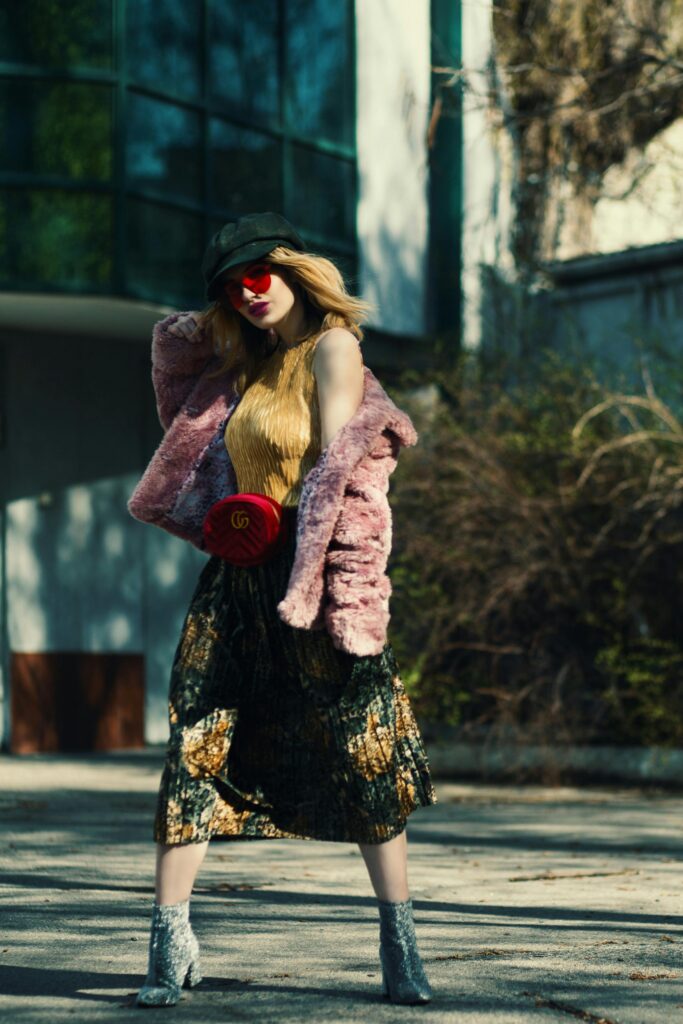
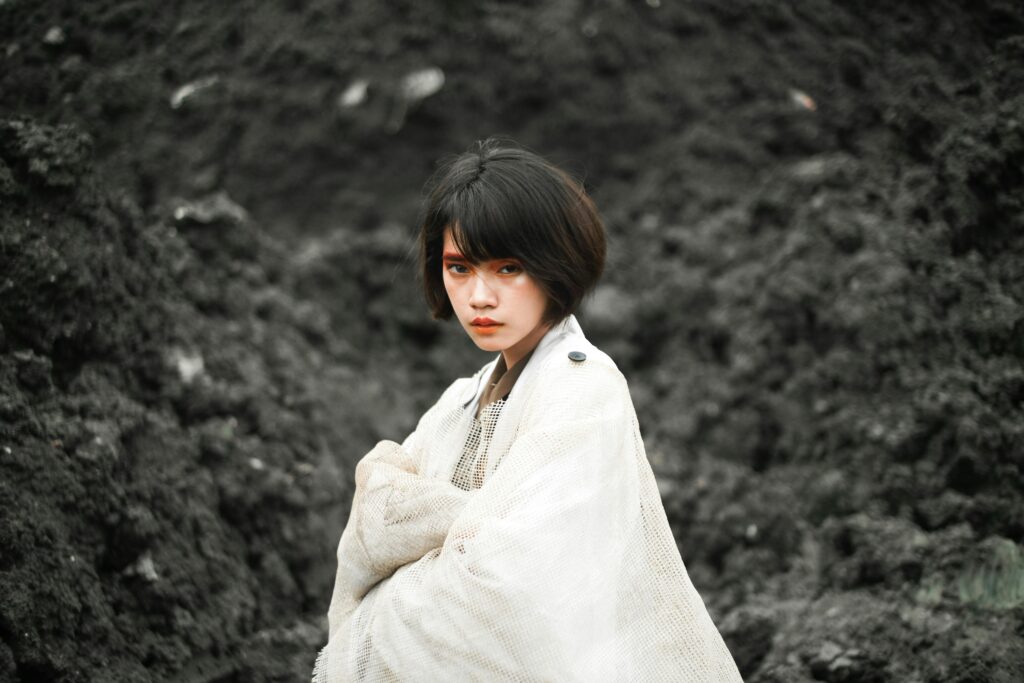
Key Fashion Trends Throughout History
Fashion trends come and go, but some leave an indelible mark on culture.
Here are a few defining moments:
Corsets & Crinolines (Victorian Era) – Shaping women’s figures into desired hourglass silhouettes.
The Flapper Dress (1920s) – Symbolizing the liberation and empowerment of women post-WWI.
The Little Black Dress (1960s) – Popularized by Coco Chanel, this wardrobe staple became timeless.
Punk Fashion (1970s) – A rebellious trend marked by ripped clothing, leather jackets, and bold statements.
Athleisure (2010s) – A modern blend of fashion and function, where comfort meets style in everyday wear.

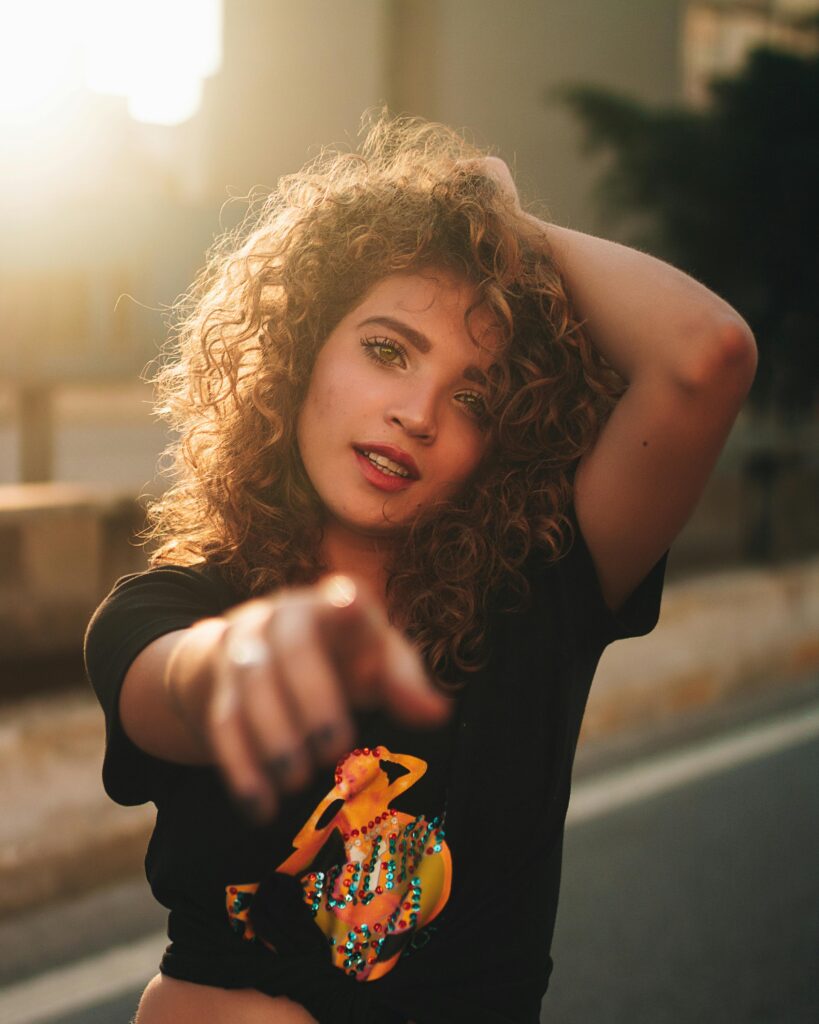
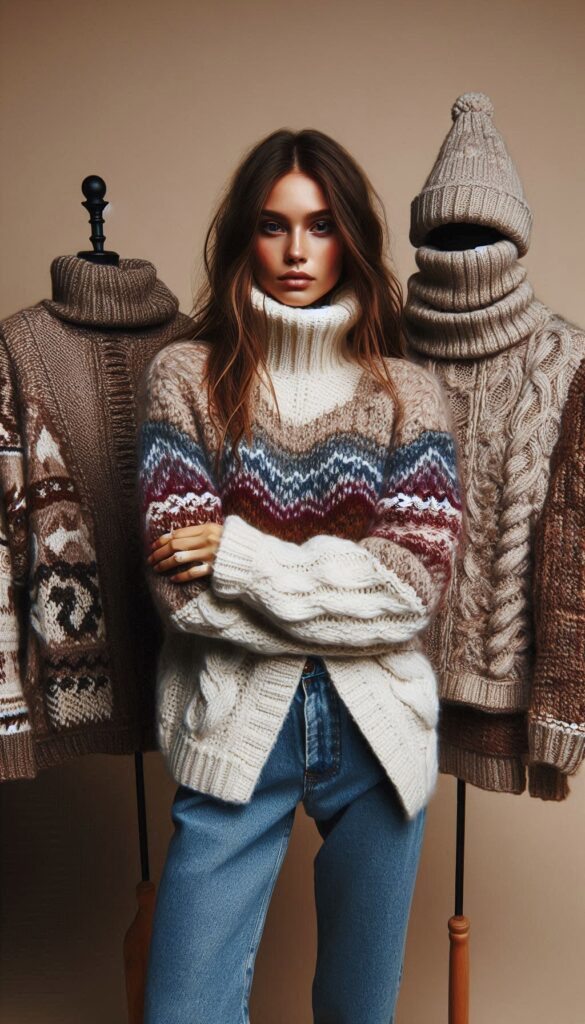
Fashion’s Cultural Significance
Fashion trends have always kept changing like some fashion comes and goes around, with styles from the past often making a comeback. In the 20th century, we saw the rise of various fashion movements, from the flapper dresses of the 1920s to the bold and colorful styles of the 1980s. Today, trends are influenced by technology, sustainability, and global cultures. As we also can see, In the 21st century, the lines between gender, culture, and fashion have blurred, allowing for more experimentation and self-expression than ever before.

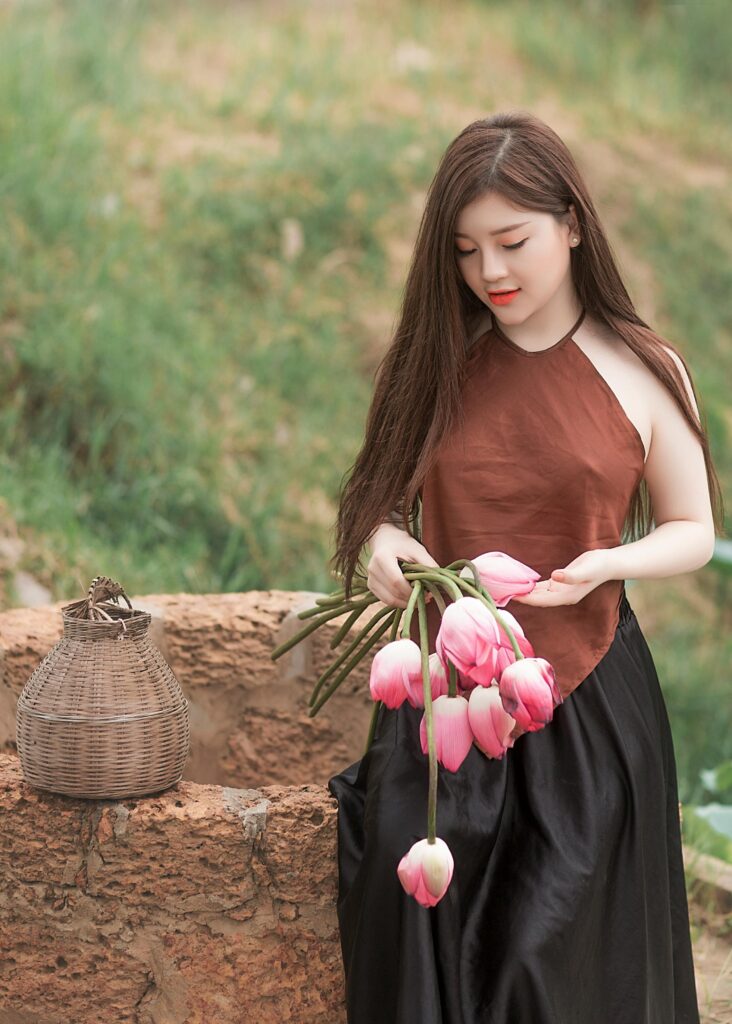


Frequently Asked Questions
Fashion dates back to early human history, with the use of animal skins for warmth. However, as societies advanced, fashion evolved to signify status, religion, and identity.
One of the earliest major fashion trends was in Ancient Egypt, where people of high status wore linen clothing, and pharaohs were adorned in elaborate jewelry.
Charles Frederick Worth is often regarded as the first fashion designer, revolutionizing the industry by establishing the first couture house in Paris in the mid-19th century.
The 1960s are considered one of the most iconic decades, introducing the miniskirt, bold prints, and the rise of global fashion icons like Audrey Hepburn and Twiggy.
The Industrial Revolution introduced mass production, allowing clothing to be produced more efficiently and affordably, making fashion accessible to the masses.
The flapper dress symbolized women's liberation and a break from traditional, restrictive clothing styles. It represented freedom and modernity.
Social media has democratized fashion by giving rise to influencers and street style, allowing trends to spread globally in real-time.
Sustainability has become a significant focus, with brands and consumers pushing for eco-friendly materials and ethical production processes to reduce fashion's environmental impact.
Haute couture refers to high-end, custom-fitted fashion that is meticulously handcrafted, often showcased in fashion weeks in Paris and other fashion capitals.
Punk fashion, characterized by leather jackets, ripped clothing, and DIY aesthetics, became a symbol of rebellion and anti-establishment values in the 1970s.
In 2024, fashion trends focus on sustainability, digital fashion, retro revival, and gender-neutral styles, with athleisure continuing to dominate.
The 20th century saw the rise of various fashion movements, influenced by cultural, social, and technological changes.
Sustainability has become a significant focus in modern fashion, with designers and brands prioritizing eco-friendly materials and ethical production practices. Examples include using organic materials, recycling fabrics, and adopting fair trade practices.
Digital innovation has revolutionized fashion through online shopping, virtual fashion shows, and the use of technology in design and production.
Iconic trends from the 1980s include bold colors, oversized silhouettes, and the popularity of athletic wear.
Tailored garments, introduced in the Middle Ages, marked a shift towards more fitted and personalized clothing.
Cultural movements often inspire fashion trends, reflecting the values, beliefs, and aesthetics of the time.
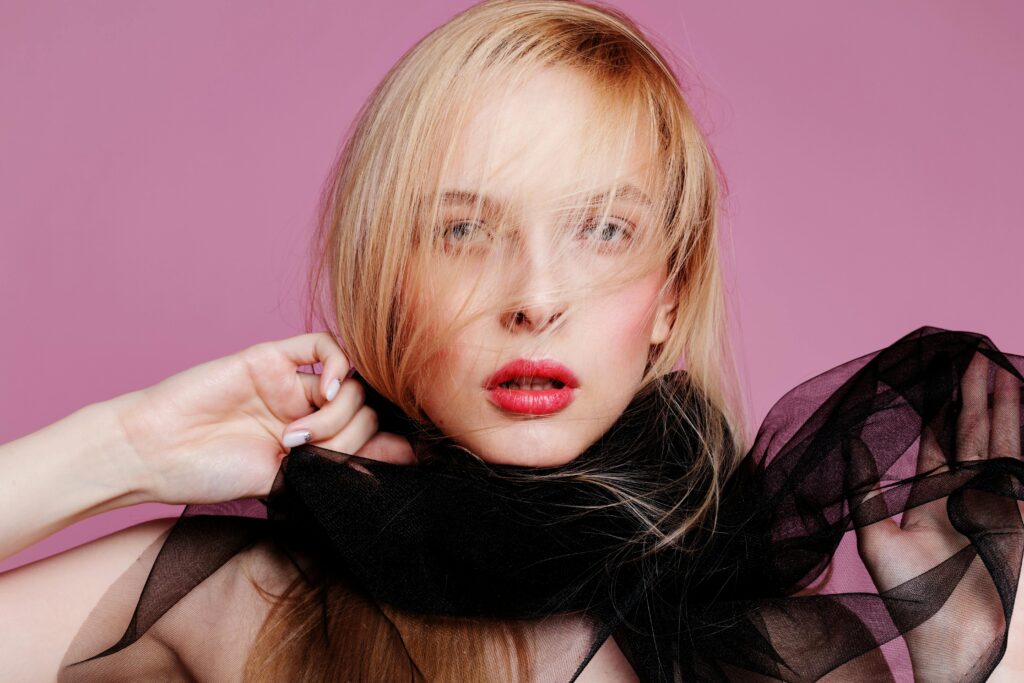
Conclusion: Fashion is Forever Evolving
Fashion is more than just clothing, it’s an art form, a means of communication, and a reflection of society. From ancient civilizations to modern street style, fashion will continue to evolve as long as people find new ways to express themselves. As we move into the future, sustainability, technology, and inclusivity will shape the fashion industry, making it more diverse and innovative than ever before.
Quick Links
-
Celebrate Navratri 2025 in Style: Make Every Dandiya Step Shine
-
How to Start an Online Clothing Brand-The Complete Roadmap
-
Be a Part of History at Maha Kumbh 2025
-
This Valentine’s Week 2025
-
The History of Fashion: A Journey Through Time, Trends & Style
-
Embrace the Chill: Autumn/Winter 2024 Fashion Trends


